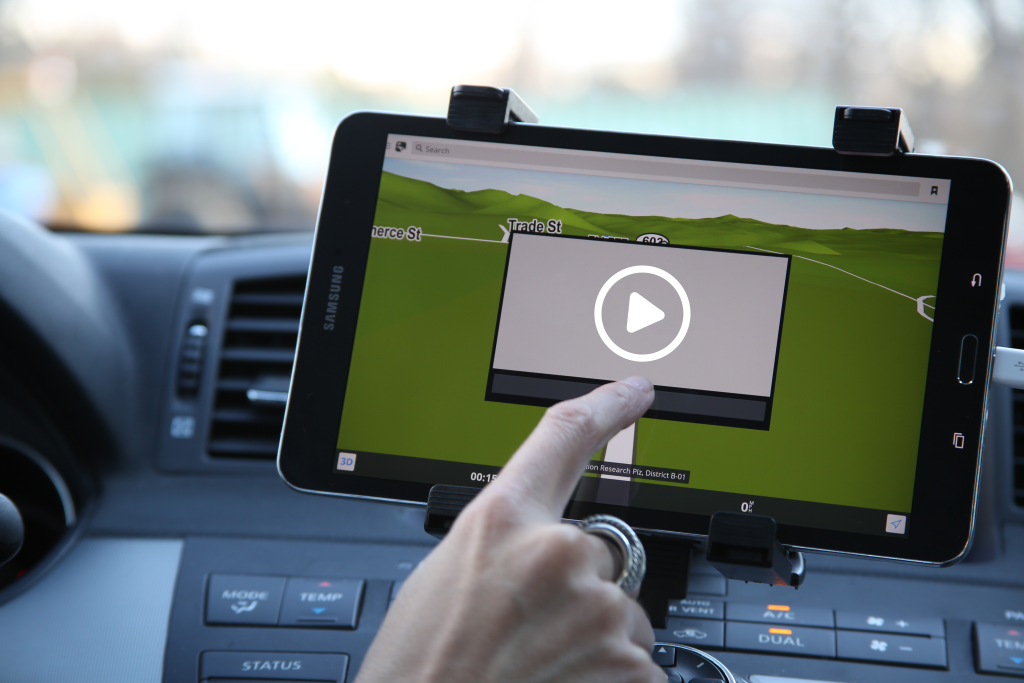
Programmed technology pauses in vehicles could help drivers remain aware of their surroundings.
Researchers from the Virginia Tech Transportation Institute (VTTI) in collaboration with Google’s Android Auto team have found that mechanisms that encourage drivers to take long glances back at the road during extended interaction with a touchscreen infotainment system may be a key aspect of mitigating driver distraction. The findings come after multiple years of investigating if adding temporary pauses on a vehicle’s infotainment screen, or dashboard display, would promote driver attention to the driving task.
The research was published in the MDPI journal, Safety by VTTI researchers Jason Meyer and Eddy Llaneras with Greg Fitch of Android Auto.
“We wanted to see how situation awareness would change when a driver was forced to pause from interacting with an infotainment system,” said Meyer, research associate at VTTI. “The capabilities of the Virginia Smart Roads allowed for us to test a wide range of scenarios to see how the driver interacted with road hazards and the system.”
To conduct this research, the highway portion of the Virginia Smart Roads was used to simulate highway driving conditions and provide a closed course for a surprise event.
“We partnered with VTTI because of their domain expertise, ability to execute test track research on driver response maneuvers, and practical approach to research,” said Fitch, head of safety research for Android Auto at Google.
The Virginia Smart Roads Highway, operated by VTTI in Blacksburg, is one of the institute’s four test beds that allow for state-of-the-art transportation research. The highway is a 2.2-mile-long closed testing facility that meets the Virginia Department of Transportation roadway standards and provides a location for tests that would be otherwise dangerous on public roads or difficult to replicate in a simulated environment.
During the experiment, volunteers were assigned tasks that included navigating through the infotainment system for a specific music playlist. One group of participants was prompted to look at the road for six seconds during the task, serving as a replacement for a pause built into the program. The other group was asked to conduct the same task without the six-second break.
While participants performed the assigned tasks on the vehicle’s infotainment system, a lead research vehicle activated its hazard lights and replicated a common real-world scenario that would require drivers to react.
The research team found that drivers who paused their interactions were more aware of the lead research vehicle’s hazard lights, less surprised by the incident, and executed more controlled maneuvers. These findings suggest that drivers’ situational awareness is greater when task interactions are broken up with pauses, allowing for longer monitoring of the environment.
Lindsey Haugh for Virginia Tech


